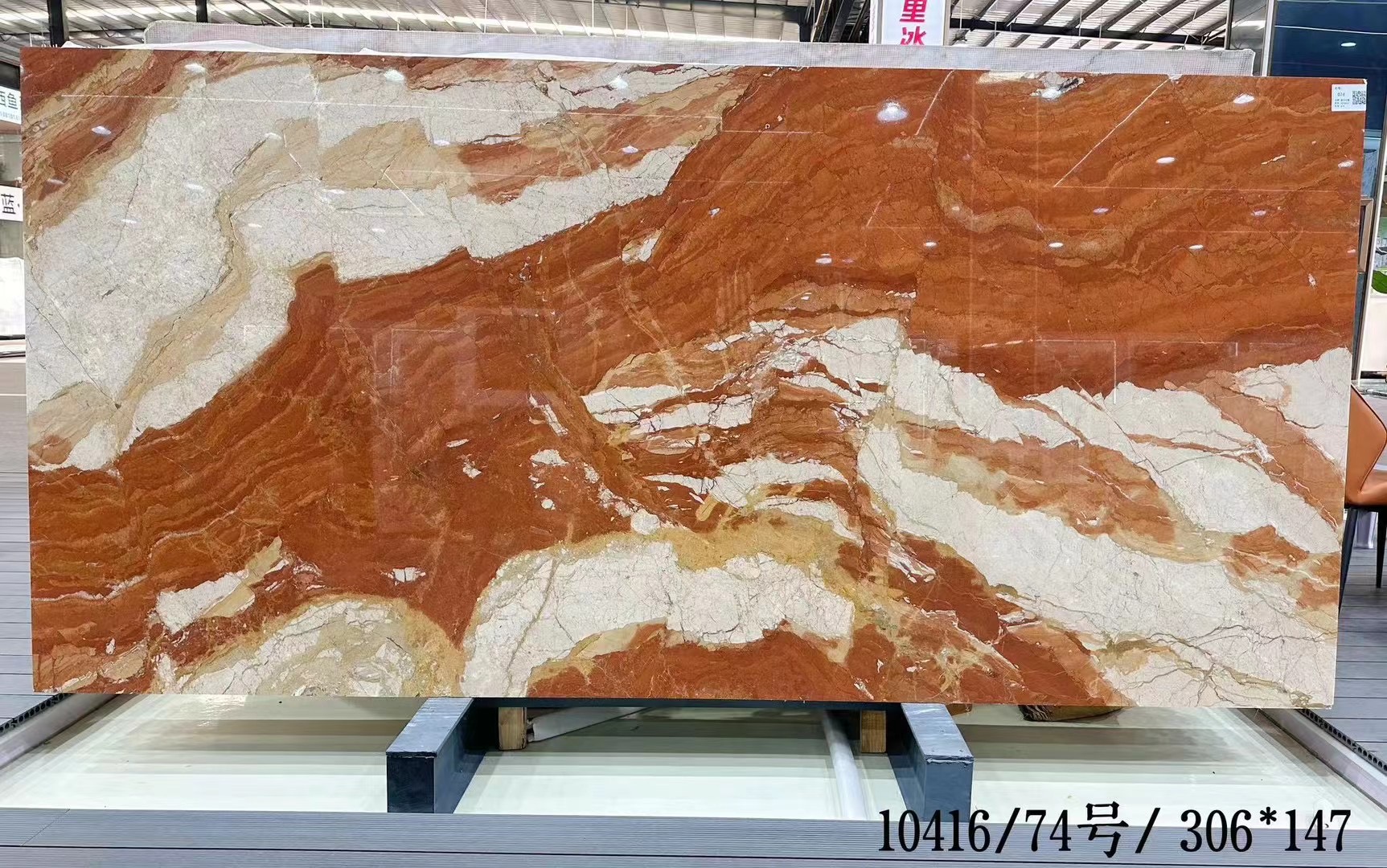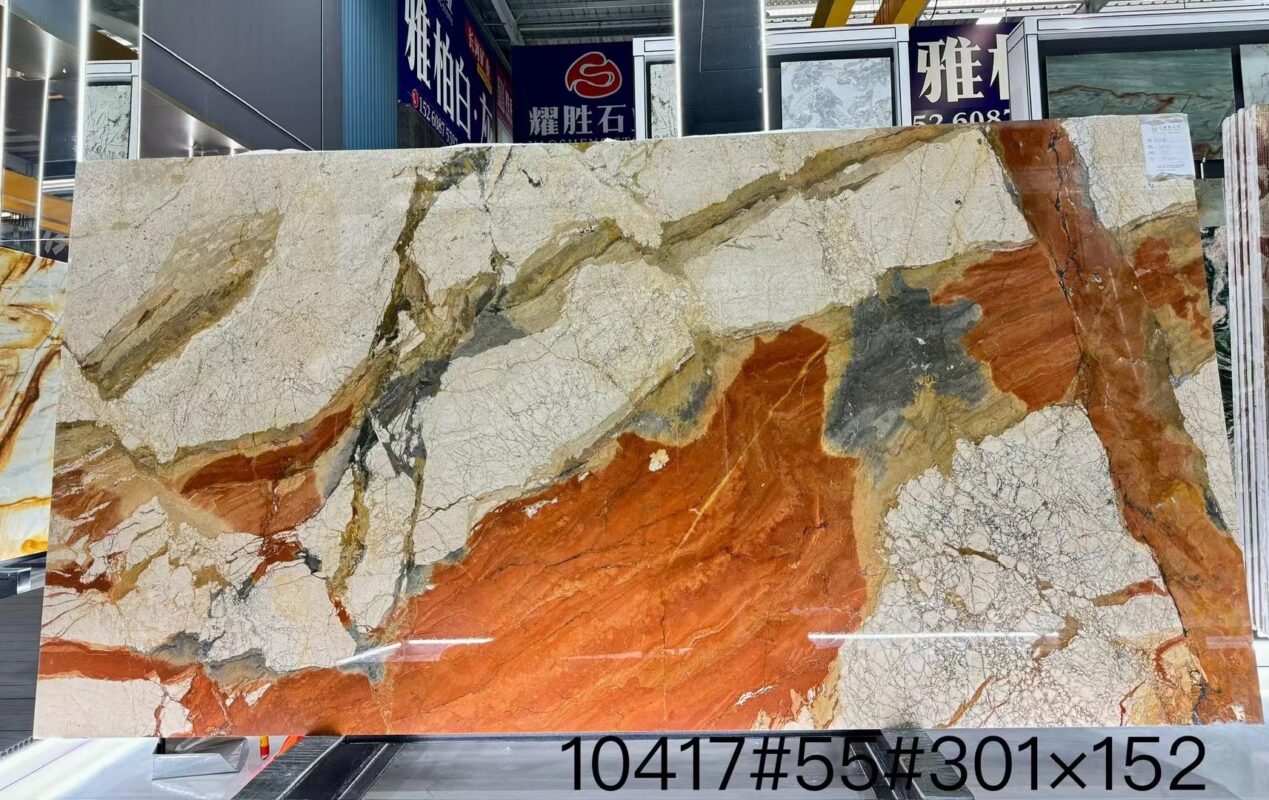Blog
The Best Ways to Care for Your China Marble Countertops and Floors

Marble, with its crystalline structure and veined patterns, has become a symbol of sophistication in homes and businesses alike. China marble, with its wide array of colors and patterns, offers an affordable and appealing option for countertops and flooring. Here’s how to maintain its beauty and longevity.
Daily Maintenance: The First Line of Defense
1. Immediate Cleanup: Marble can be sensitive to acidic substances. Wipe up spills, especially from wine, coffee, citrus, and vinegar, immediately with a soft cloth.
2. Regular Cleaning: Use a soft microfiber cloth or mop and a pH-neutral cleaner formulated for stone. Avoid abrasive scrubs and harsh chemicals that can scratch or etch the marble.
3. Dry Thoroughly: After cleaning, buff the marble dry with a clean microfiber cloth. Allowing water to sit can cause staining and water spots.
Deep Cleaning: Going Beyond the Surface
1. Stone Soap: Occasionally, use a stone soap, which can be found at a hardware store. Follow the directions carefully for a deeper clean that nourishes the marble.
2. Professional Cleaning: For stubborn stains or when the marble begins to look dull, consider a professional cleaning. Experts can often remove stains and restore shine without damaging the surface.
Protection: Safeguarding Your Investment
1. Sealing: Apply a marble sealer at least once a year. Sealers provide a protective barrier, making marble more resistant to damage. Always test the sealer on an inconspicuous area first.
2. Use Mats and Trivets: Protect countertop surfaces with coasters, mats, and trivets. For marble floors, use doormats to catch debris and rugs in high-traffic areas.
3. Cutting Boards: Never cut directly on marble countertops. Use cutting boards to prevent scratches and etches.

Repair: Addressing the Inevitable
1. Scratch Removal: Minor scratches can often be buffed out with a soft cloth and a touch of marble polishing powder.
2. Etch Removers: For light etching, there are marble polishing compounds that can be applied. However, deep etches may require professional resurfacing.
3. Chip Repairs: Small chips can sometimes be filled with a color-matched epoxy. Larger repairs should be handled by a professional.
Long-Term Care: Keeping Marble Ageless
1. Periodic Re-polishing: Depending on wear, marble may need re-polishing every few years. This is typically a job for professionals who will sand and then polish the surface to a high shine.
2. Re-Sealing Schedule: Keep track of when your marble was last sealed and be sure to reseal as recommended. This is crucial for maintaining its resistance to staining.
3. Regular Inspections: Be proactive and regularly inspect for cracks or signs of wear. Addressing issues early can prevent costly repairs.
Common Mistakes to Avoid
1. Avoid Vinegar: Never use vinegar to clean marble. Its acidic nature can damage the surface.
2. No Harsh Chemicals: Bleach, ammonia, and other strong cleaners can dull the finish of your marble.
3. Not All Cleaners are Equal: All-purpose cleaners not specifically formulated for marble can etch the surface or lead to discoloration.
China marble, with its lustrous finish and enduring appeal, can be a joy to behold when cared for properly. By following these best practices, you can ensure that your marble countertops and floors remain as pristine as the day they were installed, adding beauty and value to your property for years to come.

